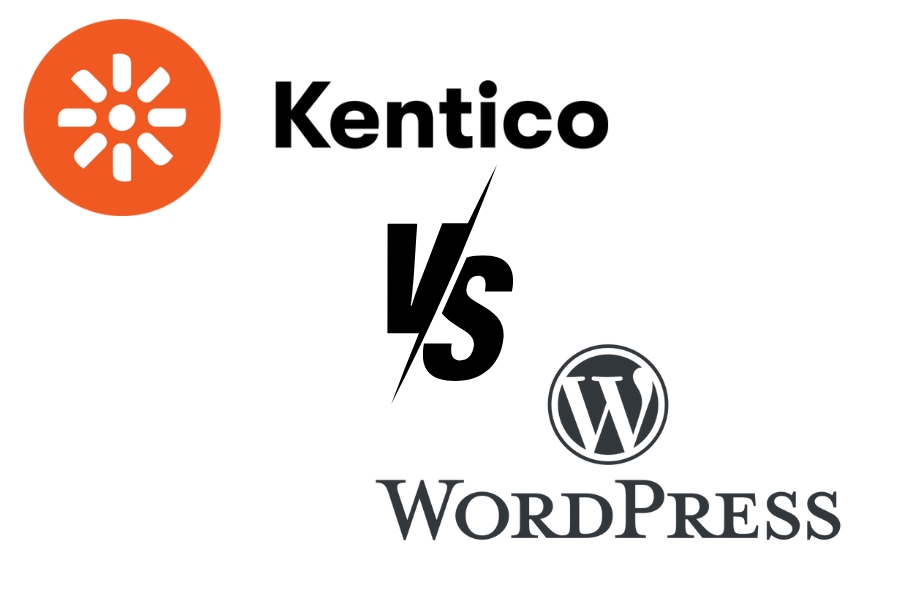If you’re looking to embrace the mobile world for your website, then you’ll probably want to consider creating a Responsive Website.
Responsive Web Design creates an optimal viewing experience on whatever device your site is viewed on; whether it’s a smartphone, tablet, or desktop PC. There’s no need for a separate mobile site, as Responsive Sites use the same HTML code and URL address, wherever it is viewed.
What makes it so appealing is that the site content retracts to fit the dimensions of the screen, avoiding the necessary resizing and scrolling that we all know and hate when accessing normal websites from a smaller device. All this, without having to create a separate “m-dot” mobile website specifically for smaller screens on smartphones or tablets.

Why Choose Responsive Web Design?
Bespoke Mobile Websites still need to be built for specific screen size, but Responsive Web Design means it will fit any device. By the end of 2014, mobile internet usage is expected to overtake that of desktops, which is staggering. Mobile is not necessarily “mobile” any longer; tablets are still a mobile device, but are becoming a driving force in the home. A forecasted 383.8 million tablets are to be shipped by 2018, If your site is not displaying correctly, you could be getting high bounce rates of people leaving your site.
Content Consumption on Mobile Devices
Before the smartphone boom, all you had to worry about were the leading browsers on a few different sized desktop monitors. But now we have tablets of different sizes, from 6 to 12 inches, boasting anything from 100 to 400 pixels per inch. And that’s for one specific device, without going into the colossal list of growing smartphones, laptops, and desktop PCs. There are over a billion smartphones globally, and if your site is not optimised for these devices, you could be missing out on business.
With the growth of mobile devices, with smartphones and tablets uptake rapidly increasing, it’s important you jump on board now. Considering more devices are on the way, such as Smart TV’s becoming more popular, especially with the growth of Android TV set for next year, it’s important your site is ready for the future. Not only that, but wearable tech is sure to gain traction by 2017, and so it’s important you’re sorted on the mobile front before jumping to an entirely new set of devices.
Why The Future Of Digital Marketing Is Wearable Tech And Google Glass
Many consumers now opt for a tablet as a replacement for the traditional desktop or laptop, which is where many people now choose to browse and shop. If your website isn’t displaying correctly, or is difficult to navigate, the conversions simply cannot be made. They may then lack the enthusiasm to switch over to another device, as they can simply switch to a competitor who has embraced mobile ecommerce, and give them their business. 40% of users will choose another result if the first is not mobile friendly. Can you afford to miss out?
If you’re experiencing a high bounce-rate, customers are probably going back to your competitors who may have responsive web design, or a mobile site at the very least. Google reported 62% of customers won’t return to a site if it isn’t accessible on their mobile device.

Customer Experience
At the heart of it all, responsive design is all about making browsing your website a more enjoyable and efficient experience for any visitors. Many people expect a mobile website to be as good, if not better, than a traditional desktop website. Optimisation is essential in order to convert these people into sales or leads.
Responsive Web Design also promises a consistent look; which is a big plus for uniform branding, alongside maintaining user familiarity with how to use and explore the website, whatever device they may be using.
Responsive Web Design boosts performance
A stunning website that loads in a few seconds on a desktop PC is not going to have the same effect when it’s unoptimized for smartphones, displaying only a small section, and takes too long to load. Reports show that for every 100 milliseconds of loading time (similar to the blink of an eye), means a 1% loss in sales.
The benefit of a Responsive Website is that it still has the functionality of the full website, instead of an m-dot website which is usually a limited experience. A Responsive Website will be built initially with mobiles in mind, and then built up to the standard desktop display we are all used to.
In some ways, a Responsive Web Design can force your hand into focussing on what really matters. You can reassess the goals you wish to receive, and get rid of any features that may bloat your website, in both performance and appearance terms. This de-cluttering of your website can be liberating, in a sense.
Cost Efficiency
Maintaining two websites can be very expensive, doubling the time and cost of every aspect of marketing a website. Sure, developing a Responsive Website can be more expensive in the beginning, but in the long-run, it will save a dramatic amount of money. The alternative is to develop two different websites, perhaps an app if your business suits, and each platform must be tested and developed for a plethora of devices. A Responsive Website will fit every requirement, and future-proof your business for any devices developed in the near future.

Increasing Conversion Rates
If a website cannot work, you will not make any conversions, whether sales or leads. It’s pretty simple. How can you expect a customer to make a purchase on your website if they struggle to manoeuvre , or even view, the shopping cart? They will simply become frustrated and leave. Considering 20% of global smartphone users make use of smartphone payments, which is only going to grow, it’s a statistic that’s hard to ignore.
Delaying creating a mobile-friendly site can impact the growth of your business, as further down the line could simply be too late. In fact, 70% of mobile searches lead to an action taken within an hour. Business growth could be stunted when your competitors embrace the world of mobile, and leave you in virtual online dust.
Search Engine Optimisation
It’s also a lot easier for search engine optimisation; again, because there isn’t duplicated content. By optimizing your website and blog content keywords only the once, you don’t have an ongoing struggle to optimise two different websites, which can be very costly, and frankly, quite annoying.
A Responsive Website allows you to focus on one SEO campaign, which will lead to more traffic to your website, and more potential sales or leads.

Sharing Content
Considering share-ability aspects too, it’s a lot simpler for the public to share your content or posts across various devices.
If one consumer on a laptop sends a link from your unoptimised desktop website to a friend, and that friend is on his mobile or tablet, the displayed desktop website will not be very appealing, with a poor display, and difficult to move around. Similarly, if a customer shares a link from an m-dot website to a friend on their PC, mobile websites are simply awful to use and look at on a desktop. It will be an instant closure.
Social Media and Content are integral parts of any digital marketing strategy, and so it’s essential to be ready for Content sharing on a range of devices.
Google Prefers Responsive Web Design
Although I hate to admit how reliant we are upon Google, they are the search engine to be reckoned with. Google have a 89% of the UK Search Engine Market Share, meaning we have to abide by their rules to get along online.
Their reasoning? Bot crawling your site is a lot easier when responsive web design is involved. This is because there is only one version of your site with one URL, instead of a desktop and an m-dot mobile site to crawl. It uses the same HTML, and makes it a lot easier for indexing.

What Should You Do?
Overall, the best advice, is that it is important for you to research your industry, and assess the best move for your business. Specific mobile websites do have their uses, but Responsive Web Design is the way forward for most businesses out there. You will be ready for the future, and anything else that is thrown at you. But whatever you do, you should at least be considering making the leap to ensure your website is optimised for mobile devices. There’s simply no excuse anymore.
Here at Xanthos, we would love to help you stay future-proofed with a Responsive Web Design for your business. So if you need a hand, check out what we can do, and get in touch.
If you have any thoughts or comments, leave them in the section below!






